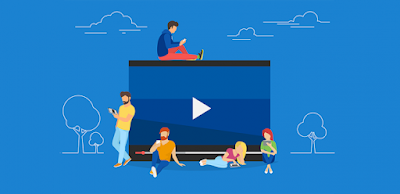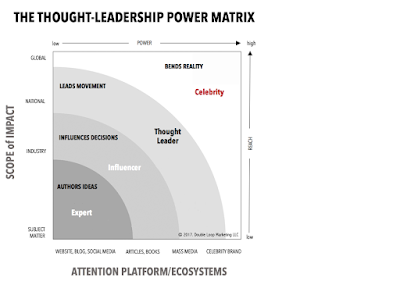Marshall McLuhan: Reevaluating an OG Media Though Leader
 |
| NCTA – The Internet & Television Association |
Canadian academic Marshall McLuhan studied communication and mass media, and he was a bit of a celebrity himself. He was a prominent “thought-leader” before such a term existed. He barnstormed the airwaves with his unique takes on the media and his well-known catchphrases, like “The Medium is the Message”.
Here he is sharing his thoughts on television with late night host Tom Snyder.
His ideas gained him notoriety in the mid 20th century, but his pseudo-celebrity status and novelty viewpoints also earned him plenty of criticism. By the time he died in 1980, his influence had faded. As media evolved and academics found new perspectives to explore, McLuhan’s ideas were left to the sideline. That is, until a new technology came along.
The internet.
According to Rosenberry and Vicker, McLuhan’s main idea was that “historical eras of social structure each have been the product of the dominant communication medium of the time. As communication technology and methods have changed over the course of human history, social organization has changed accordingly”. The internet, and the global community it allowed, has certainly shifted our social organization.
 |
| Marshall McLuhan – 1945. Times change. The mustache and suit combo is out like an old medium of communication. |
So, let’s dive into it. What are the strengths and weaknesses of McLuhan’s ideas? First off, the strengths.
1. The prediction of a “global village”. This idea has only grown stronger with the advent and evolution of the internet, especially with social media and mobile connectivity. We’ve reached a point where worldwide instant communication is a reality.
2. The media as an “extension”. McLuhan saw the media as a way to see and hear things in different ways. Today, mobile devices offer a new extension that has impacted how people interact. We can share our media quickly and frequently from distances near and far because of this extension.
3. Taking the Medium seriously. It’s easy for everyday people to go with the flow and transition from one medium to the next throughout their lives. We focus so much on the content, but there is also validity to the medium’s impact on the message. For example, our understanding of a subject today is likely far different than a radio audience’s understanding a century ago. The seer amount of content delivered by mass communication mediums today impacts how we see, hear, and ultimately interpret subjects.
While McLuhan’s ideas have found revived validity in the internet era, there are still areas of his work some consider weak.
1. It’s all pretty reductionist. Technological determinism doesn’t put much faith in the TV viewer or internet user to determine their own paths in relationship to a medium. Even within a medium, people could have wildly different experiences and consumption habits. People should be given the same free will concerning medium as they are with content consumption.
2. What about overlapping media consumption? As we sit today, people can read, tell stories, flip through TV content, and surf the internet. If the medium is the message, which message are we getting? On the other side, what about people and communities that have adopted the use of communication tools at different rates? Even if the internet is the dominant mode, it leaves a large hole in mass media’s overall influence.
3. Is it all backwards? Instead of technology driving change, aren’t the needs of the people driving the advancement of mass communication technology? Afterall, what is the purpose of creating a piece of technology if it has no use. Each advancement solves a problem, even if we did not think it needed to be solved at the time. At best we could chalk this up as a chicken-and-egg argument.
McLuhan’s ideas, like those of any scholar, cannot encompass everything. The main thing he provided was a new way in which to examine our media consumption. Content may be king, but if we’ve learned nothing else from the social media era, where that content is placed can mean wildly different rates of engagement. The medium matters, but the questions remains…how much?

Comments
Post a Comment